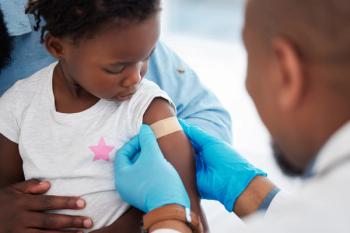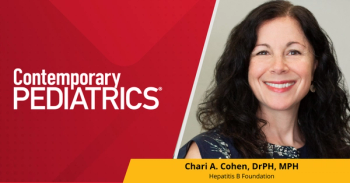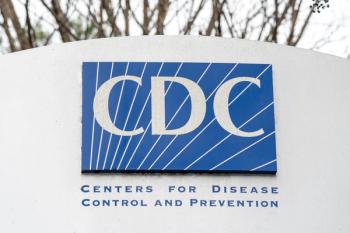
AAP updates guidance on genetic testing for developmental delay
AAP updates clinical guidance to help pediatricians navigate genetic evaluation of children with global developmental delay or intellectual disability.
Global developmental delay (GDD) and intellectual disability (ID) affect an estimated 1% to 3% of children worldwide and are among the most common neurodevelopmental conditions encountered in pediatric practice. In response to the evolving landscape of genetic diagnostics, the American Academy of Pediatrics (AAP) has released updated clinical guidance outlining a structured approach to evaluating the genetic causes of GDD and ID.1,2
The clinical report, titled “Genetic Evaluation of the Child With Intellectual Disability or Global Developmental Delay,” was developed by the AAP Council on Genetics and published in the July issue of Pediatrics. It reviews the range of genetic etiologies underlying developmental disorders and offers a step-by-step framework for clinicians to follow during the evaluation process.
“Establishing a specific diagnosis early provides multiple benefits including prognostication, surveillance for disorder-related complications, accurate recurrence risk, and specific management,” the authors write. The report emphasizes that identifying a genetic cause can improve clinical care, guide family planning, reduce the need for additional testing, and offer access to condition-specific resources and clinical trials.
The guidance begins with a “phenotype-driven” approach when possible. Pediatricians are encouraged to evaluate the child’s developmental and medical history, family history, and physical examination—particularly focusing on dysmorphic features, growth patterns, and neurologic findings. Corollary testing such as vision and hearing assessments and brain MRI should also be considered, especially when specific syndromic features or neurological abnormalities are suspected.
If no clear diagnosis emerges from the initial clinical evaluation, the report advises moving to a hypothesis-free, or “agnostic,” testing strategy. This strategy is presented as a tiered framework:
- Tier 1 includes genome or exome sequencing and chromosome microarray analysis, both of which are now considered first-line tests due to their high diagnostic yield.
- Tier 2 includes Fragile X CGG repeat expansion testing and biochemical screening for inborn errors of metabolism. These tests are particularly important in cases with red flag symptoms such as regression, multisystem involvement, or abnormal MRI findings.
- Tier 3 includes more specialized evaluations, such as genome sequencing (if not already performed), testing for imprinting disorders and trinucleotide repeat disorders, mitochondrial DNA analysis, karyotyping for balanced rearrangements, and genome reanalysis every 1 to 2 years as new data becomes available.
Newer testing technologies, such as genome-wide methylation signature testing and facial recognition software, are also briefly addressed. While these tools show promise in refining diagnoses, their clinical use remains limited and primarily reserved for difficult-to-diagnose cases or confirmation of variants of uncertain significance.
Importantly, the report underscores the need for comprehensive pretest counseling. “Variants of uncertain significance and the potential to detect incidental or secondary findings” must be discussed with families ahead of testing, the authors note. Such discussions should also address possible findings related to nonpaternity or predisposition to other diseases, such as certain cancers or cardiac conditions.
The authors clarify that the report is intended to serve as general guidance for primary care pediatricians and does not replace the need for subspecialist input. “The general guidance in this report for genetic testing does not preclude further evaluation by relevant subspecialists as necessary, including neurologists, developmental pediatricians, and clinical geneticists,” they write.
Ultimately, the AAP’s updated guidance aims to support pediatricians in approaching a complex area of care with clarity and consistency. By adopting a systematic and evidence-based evaluation process, clinicians can improve the likelihood of achieving a diagnosis and better support families managing the challenges of developmental delay or intellectual disability.
References:
- Rodan LH, Stoler J, Chen E, et al. Genetic Evaluation of the Child With Intellectual Disability or Global Developmental Delay: Clinical Report. Pediatrics. Published online June 23, 2025. doi:https://doi.org/10.1542/peds.2025-072219
- Stoler JM, Rodan LH. Clinical report outlines how, why to pursue genetic diagnosis for GDD/ID. AAP News. June 23, 2025. Accessed June 23, 2025. https://publications.aap.org/aapnews/news/32394/Clinical-report-outlines-how-why-to-pursue-genetic?autologincheck=redirected
Newsletter
Access practical, evidence-based guidance to support better care for our youngest patients. Join our email list for the latest clinical updates.










